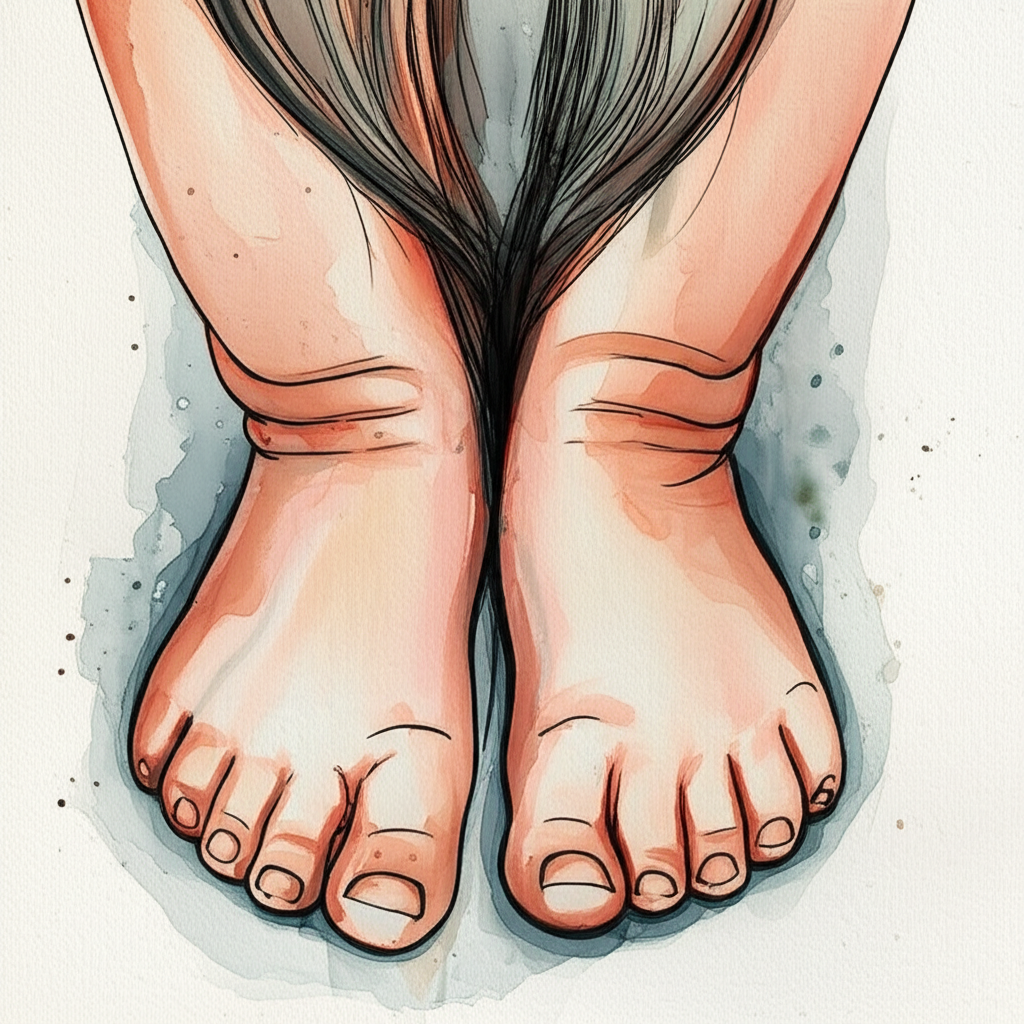
The superstition surrounding a child’s nails, specifically the belief that they should not be cut before the child’s first birthday, is a deeply rooted tradition with historical and cultural significance. This practice stems from ancient beliefs about the power contained within bodily remnants like hair and nails, and the potential for these to be used for malevolent purposes.
The fear surrounding hair and nail clippings dates back to ancient Egypt, where it was believed that a potion made from hair, nails, and blood could grant the mixer complete control over the person from whom the samples originated. The perceived potency derived from the idea that these materials represented an individual on a fundamental level.
In the 16th century, hair and nails were incorporated into spells designed to ward off evil curses. Archaeological finds of ‘witch bottles’ provide tangible evidence of this practice. These glass bottles contained hair, nail clippings, pins, wine, or urine, intended to attract curses directed at the bottle’s owner. The hair and nails served as a lure, drawing the curse into the bottle, where it would be trapped by the pins and neutralized by the liquid. These bottles were commonly hidden beneath floors and within chimney breasts of houses, attesting to the widespread belief in the protective power of such artifacts.
Some Wiccan experts suggest that the use of hair and nails in Western witchcraft has roots in ‘The Vendidad,’ a Zoroastrian book of laws dating back to the 5th century BC. These scriptures described hair and nails as instruments of evil used by witches and sorcerers. The belief centered around the fact that these bodily substances, possessing a life of their own, could be detached and manipulated in spells. Zoroaster, as a prophet of early monotheism, disapproved of such practices.
The practice of burying or burning hair and nails to prevent their misuse was common across many cultures and persisted in Great Britain and Ireland well into the 19th century. This was done to prevent these remnants from falling into the hands of those who might use them for harmful purposes. Infants were considered particularly vulnerable to evil influences, and consequently, many parents deemed it too risky to cut their nails before they reached the age of twelve months.
In modern times, while the superstition of not cutting a baby’s nails before their first birthday persists in some cultures, it is often interpreted more as a cultural tradition or a matter of personal belief than a genuine fear of witchcraft or hexes. Some may choose to adhere to the practice out of respect for their ancestors, while others simply find it a quaint and harmless custom. The superstition’s evolution reflects a shift from deep-seated fear to a more symbolic observance of cultural heritage.